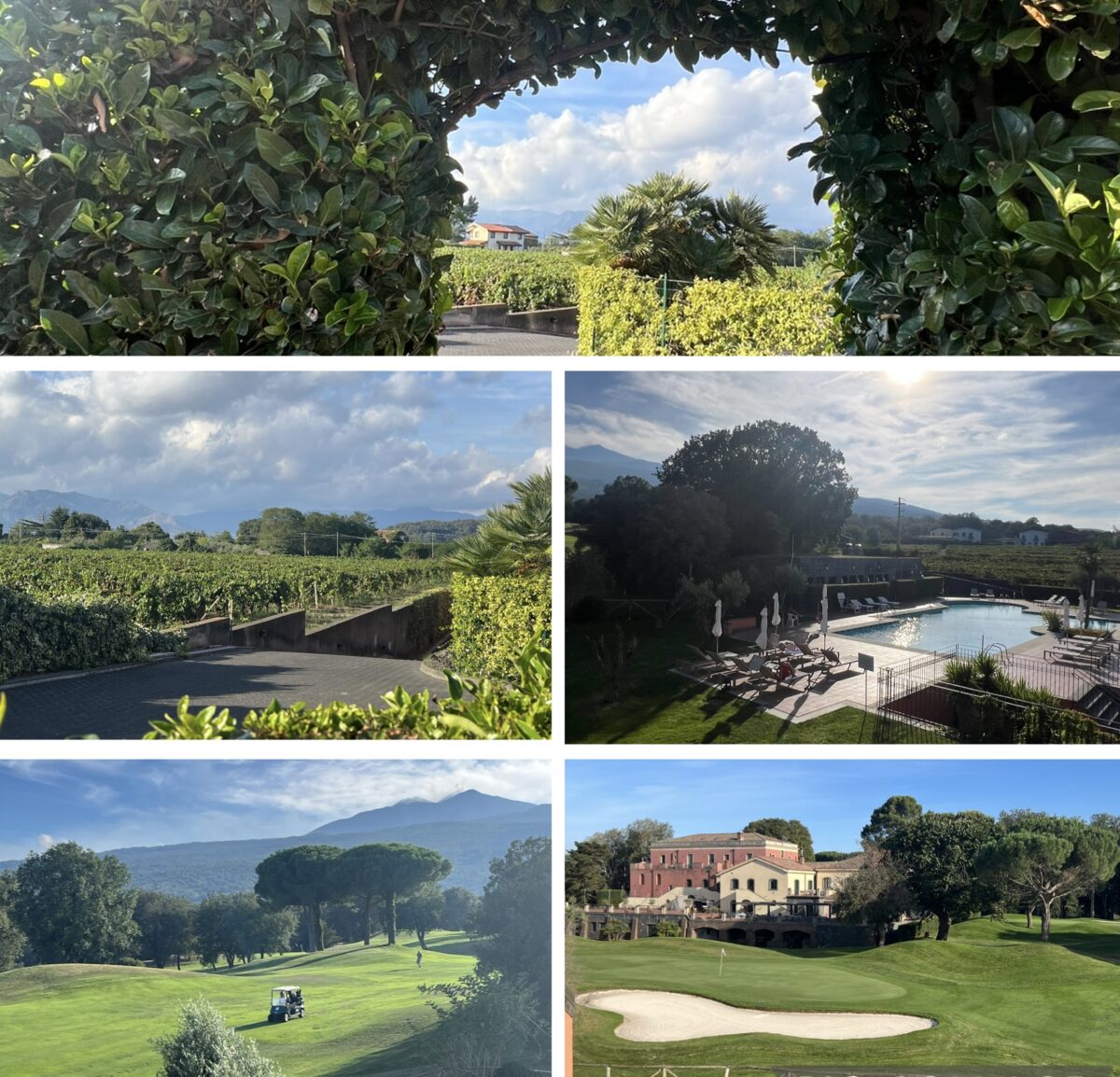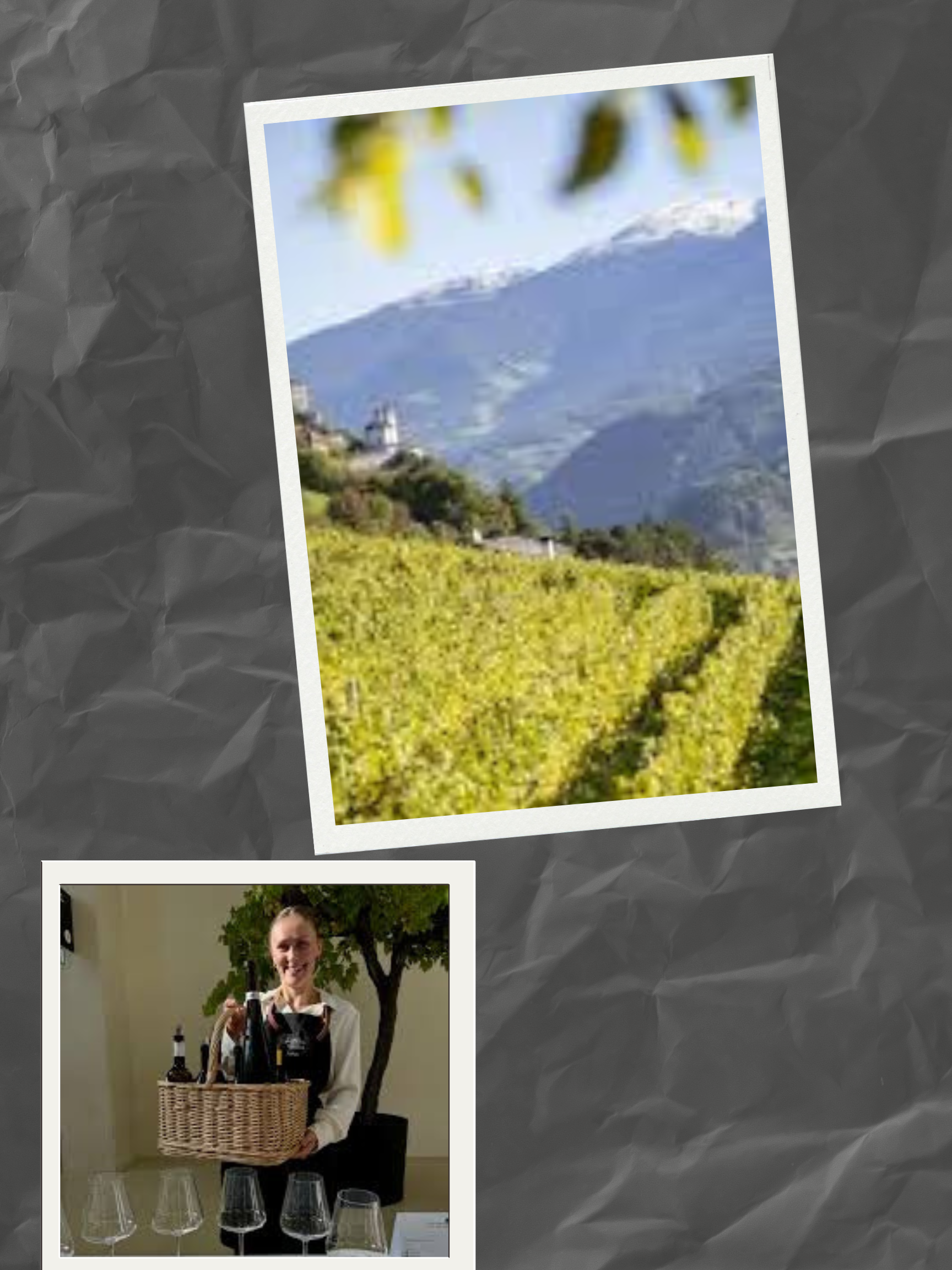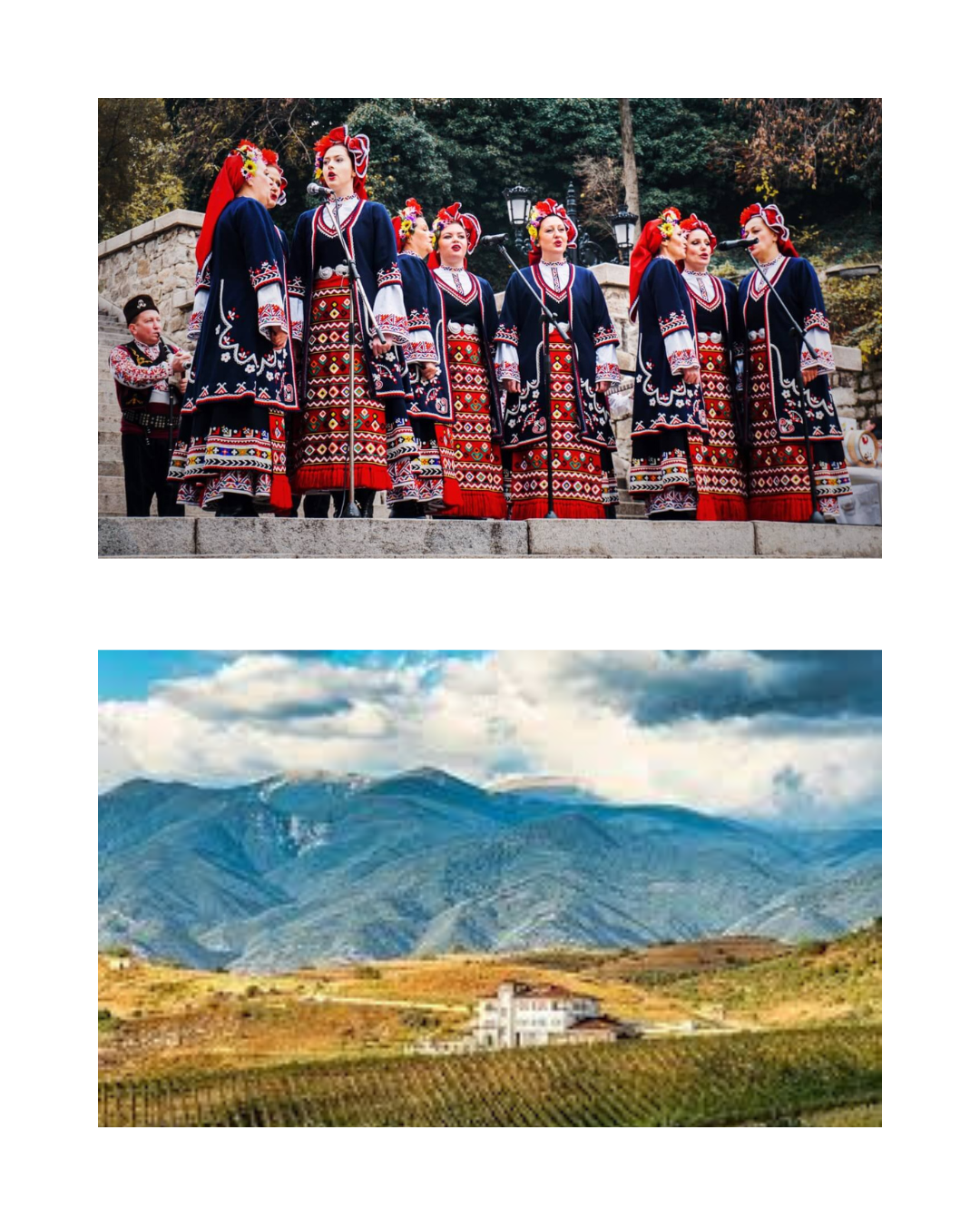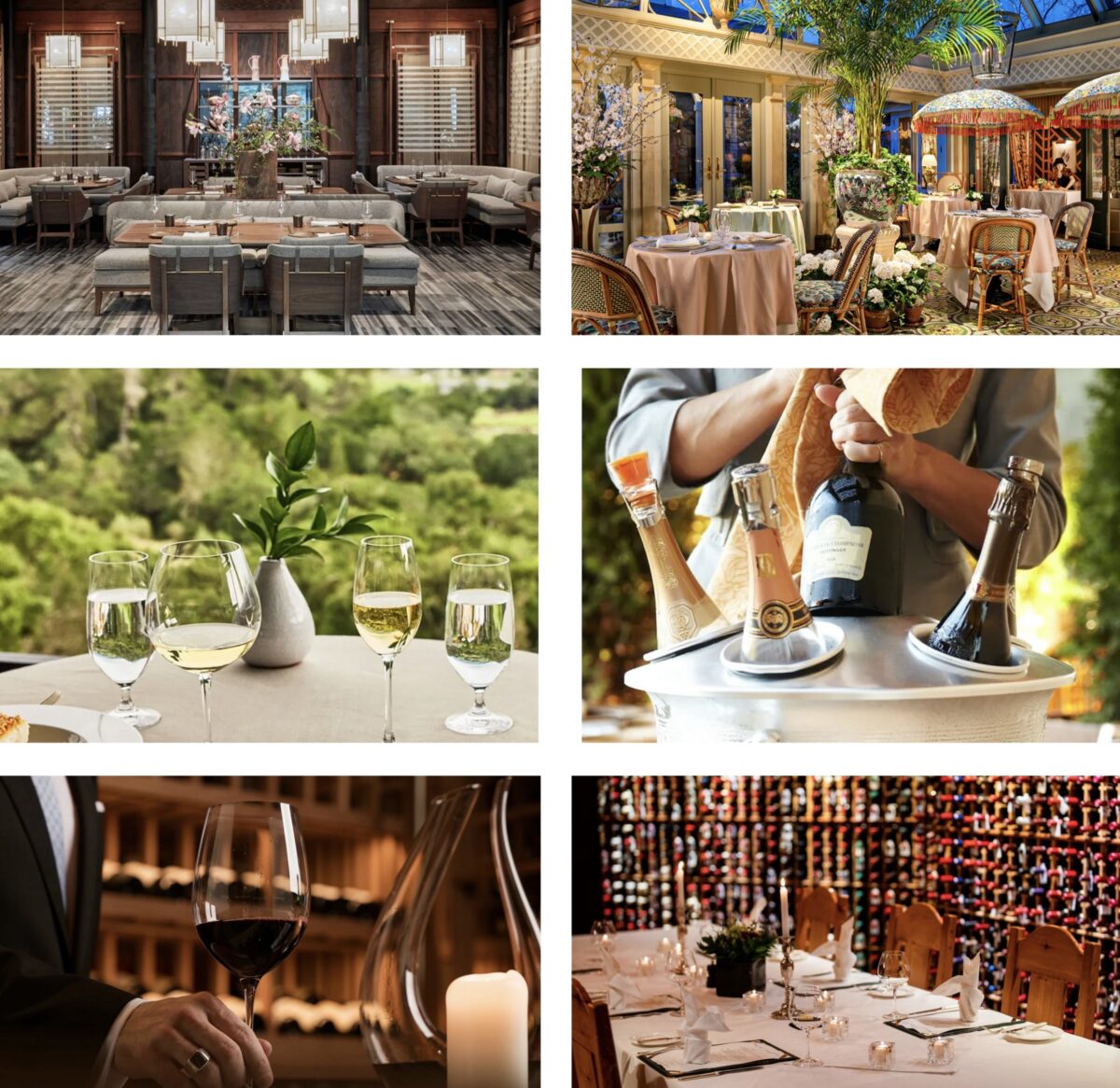Just arrived at the breathtaking Picciolo Etna Golf Resort & Spa, Curio Collection by Hilton, tucked away in the heart of Castiglione di Sicilia.
Surrounded by lush vineyards, ancient olive groves, and the dramatic slopes of Mount Etna, this place is pure magic. Here’s a fun fact: It’s the only place in Europe where you can play golf on the slopes of an active volcano
Stay tuned — a full review is coming soon!





